Have you ever looked into your dog’s eyes and wondered what they’re feeling? Dogs are masters at reading us, yet sometimes we miss the signs they give when something’s wrong. Our own everyday actions, innocent as they may seem, can turn their world upside down. But here’s the beautiful truth: just as easily, we can fill their days with love, comfort, and unbreakable bonds. Ready to discover which habits are secretly stressing your dog—and which ones bring them pure happiness and closeness? You might be surprised at what you find.
Ignoring Your Dog’s Need for Routine
Dogs thrive on predictability. When you change their feeding times, skip walks, or alter bedtime routines, it can make your furry friend feel anxious and unsure. Imagine waking up every day not knowing when or if you’ll eat, play, or rest—it’s unsettling, right? Dogs rely on consistent cues to feel safe in their world. Without this structure, stress hormones can build, leading to behaviors such as barking, chewing, or pacing. Even small, frequent changes add up, leaving your dog confused. Keeping routines steady not only calms nerves but also helps your dog trust that you’ll be there for them. If you must change things, try to introduce new routines gradually. Your dog will thank you for the stability.
Using Harsh Discipline or Yelling
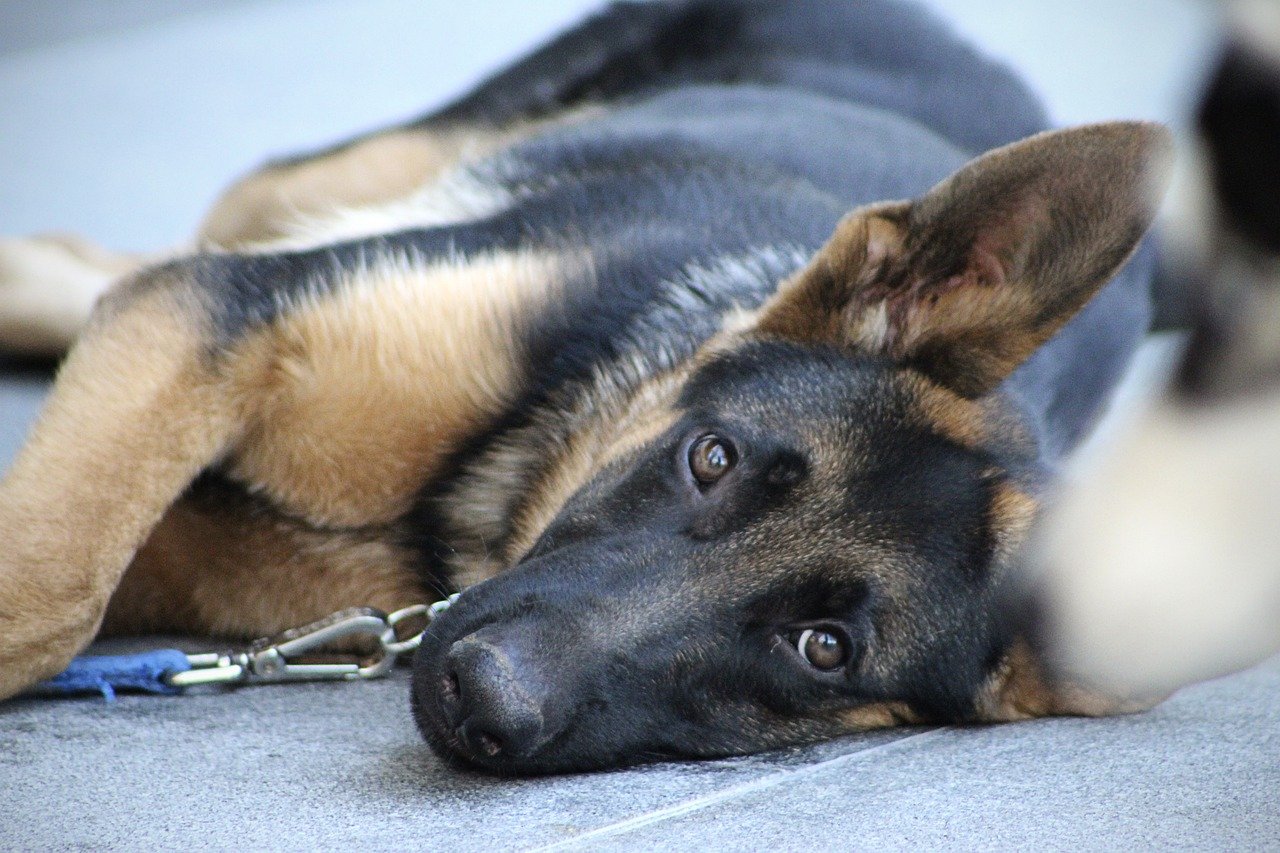
A raised voice or harsh punishment can be deeply frightening for dogs. They don’t understand anger like humans do; instead, loud sounds and sudden movements make them feel threatened or unsafe. Yelling may stop unwanted behavior in the moment, but it can damage your bond and make your dog nervous around you. Dogs learn best through gentle correction and positive reinforcement—think treats, praise, or play after good behavior. If you find yourself losing patience, take a deep breath and remember: calm guidance goes much further than punishment. Your dog wants to please you, not fear you.
Forcing Interactions with People or Other Dogs
Just like people, dogs have their own personalities and comfort zones. Forcing them into situations with strangers or other pets can be highly stressful, especially if they’re shy or have had bad experiences before. Imagine being pushed into a crowded room with people you don’t know—that’s how your dog feels when forced to socialize. Signs of discomfort include yawning, turning away, or trying to hide. It’s important to let your dog approach new experiences at their own pace. Respect their signals, and never force an interaction. Building trust means letting your dog know you’ll protect them if they feel unsafe.
Leaving Them Alone for Too Long
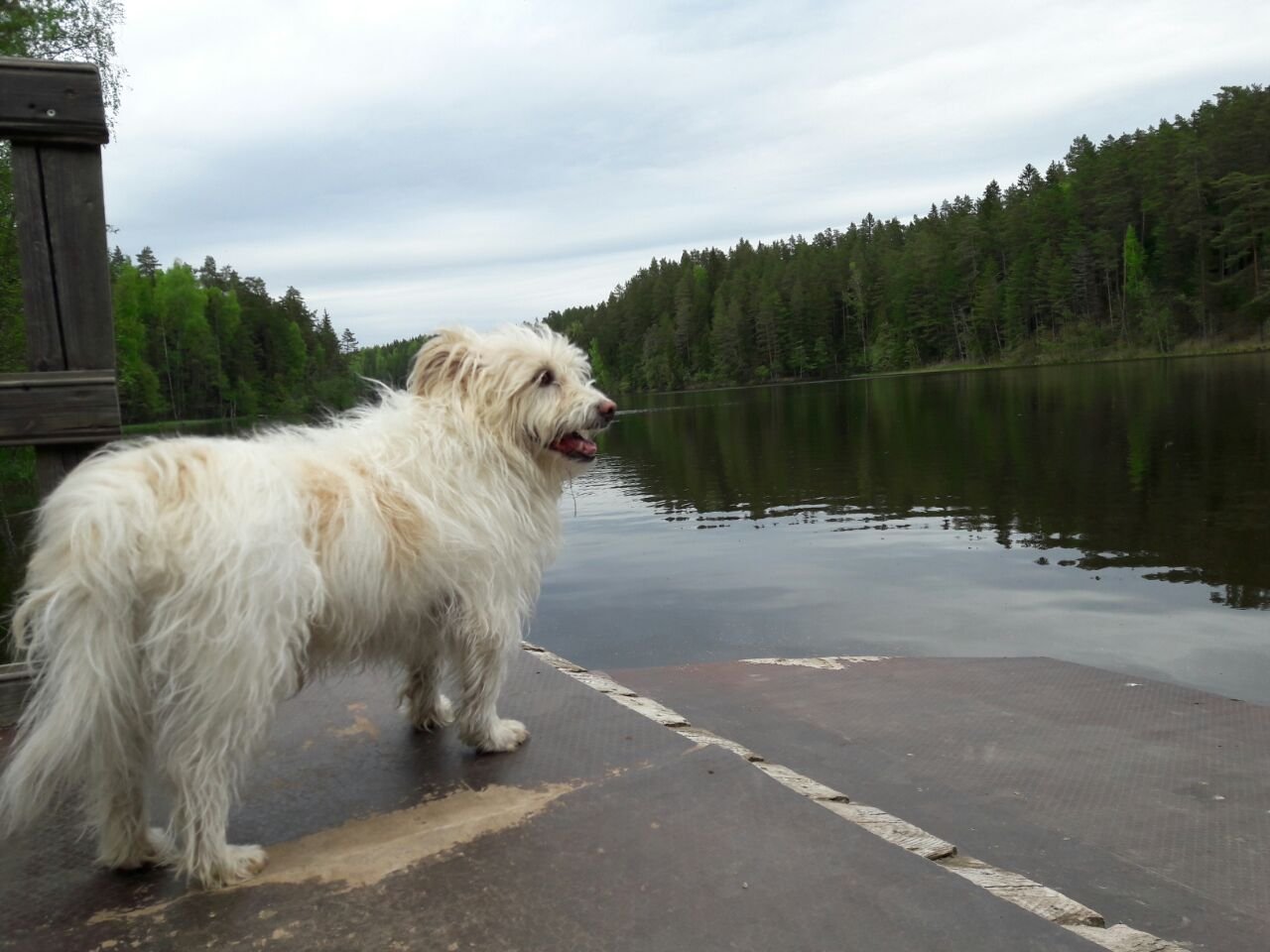
Dogs are social creatures who crave companionship. When left alone for long periods, they can become bored, lonely, and even depressed. This isolation may lead to destructive behavior, excessive barking, or withdrawal. For a dog, hours alone feel much longer than they do to humans. If your schedule keeps you away, consider a dog walker, pet sitter, or doggy daycare. Leaving interactive toys or treats can help, but nothing replaces your presence. Short, quality time together each day makes your dog feel loved and secure, even if life gets busy.
Neglecting Physical and Mental Exercise
Boredom is a major stressor for dogs. Without enough physical activity or mental stimulation, they may develop anxiety, restlessness, or bad habits like chewing furniture. Every dog needs daily exercise suited to their breed and age—walks, runs, or playtime in the yard. But don’t forget their minds need workouts too! Puzzle toys, scent games, or basic training sessions keep their brains sharp and spirits high. When dogs are both physically and mentally fulfilled, they’re happier and more relaxed at home.
Failing to Recognize Signs of Stress or Illness
Dogs can’t tell us with words when something’s wrong, so they use body language. Many owners miss early signs of stress—such as lip licking, panting, hiding, or a tucked tail—mistaking them for normal behavior. Over time, unaddressed stress can develop into more serious problems, including illness. Similarly, subtle changes like loss of appetite, limping, or increased sleepiness may signal health issues. Always pay close attention to changes in your dog’s behavior, and consult your vet when in doubt. Your attentiveness could make all the difference for your dog’s well-being.
Sharing Joyful Moments Through Daily Walks
Few things light up a dog’s world like a walk with their favorite human. Walks aren’t just about exercise—they’re adventures filled with new smells, sights, and sounds. Taking your dog for regular walks, even short ones, gives them a sense of excitement and satisfaction. It’s a chance for exploration and bonding, especially if you let them sniff around and set the pace sometimes. These shared moments become treasured memories and show your dog that life with you is never boring.
Offering Gentle Touch and Cuddles
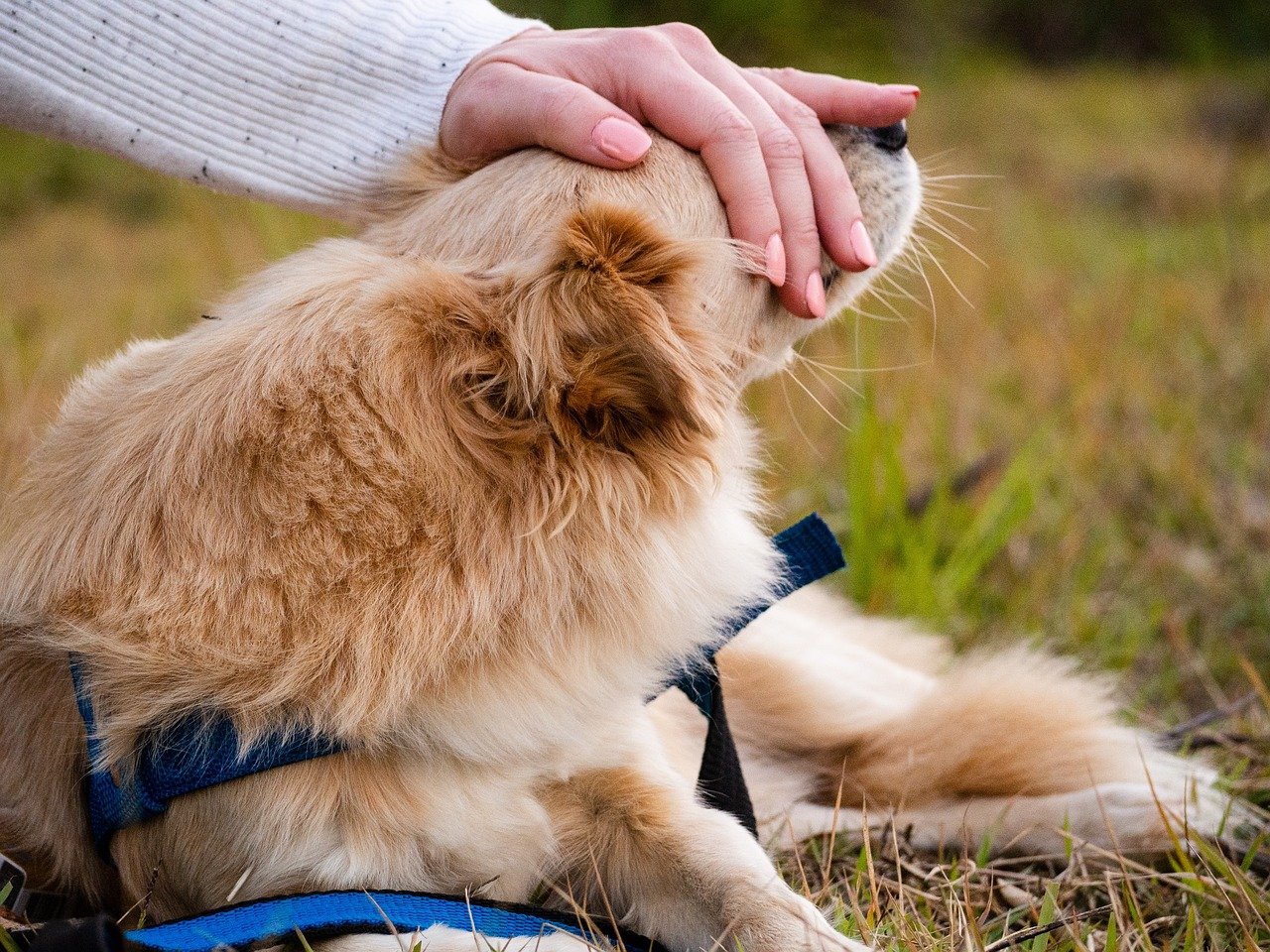
Physical affection works wonders for dogs. Gentle petting, belly rubs, or cozy cuddles tell your pup they’re loved and safe. Many dogs seek out contact when they’re tired or anxious, finding comfort in your touch. Even a simple scratch behind the ears can melt away their worries. Pay attention to your dog’s preferences—some love long snuggles, while others prefer brief pats. Respect their boundaries, and let affection be a positive, stress-free experience.
Creating a Safe Space Just for Them

Dogs feel more secure when they have a cozy spot to call their own—a bed, crate, or quiet corner away from noise and commotion. This safe space gives them somewhere to retreat when they need downtime or feel overwhelmed. Think of it as their private sanctuary, filled with familiar blankets and toys. Encourage your dog to use this space, especially during thunderstorms or busy gatherings, and never use it as punishment. A safe zone is a powerful way to build trust and reduce anxiety.
Using Positive Reinforcement for Training
Training is more than teaching tricks—it’s about building communication and trust. When you use treats, praise, or toys to reward good behavior, your dog learns faster and feels more confident. Positive reinforcement turns learning into a joyful experience, rather than something to fear. It also deepens your connection, as your dog learns to look to you for guidance. Even small successes—like sitting or waiting at the door—deserve celebration. This approach helps your dog blossom into their happiest self.
Letting Them Sniff and Explore on Walks

For a dog, sniffing the world is like reading a fascinating novel. Rushing them through walks or tugging on the leash when they stop to sniff can be frustrating and stressful. Whenever possible, allow your dog time to investigate their surroundings. This freedom turns ordinary walks into adventures and provides vital mental stimulation. It also tells your dog that you care about their happiness and curiosity, strengthening your bond.
Feeding Nutritious Meals and Healthy Treats
A tasty, balanced diet is key to your dog’s health and happiness. Fresh, high-quality food fuels their bodies and boosts their mood. Even small changes—like adding a bit of cooked chicken or a special treat—can make mealtime exciting. Be mindful of portion sizes and choose treats that support your dog’s well-being. Sharing a treat now and then is a simple way to show love, but always avoid foods that are toxic to dogs. A happy belly means a happy dog.
Spending Quality Time Together Every Day
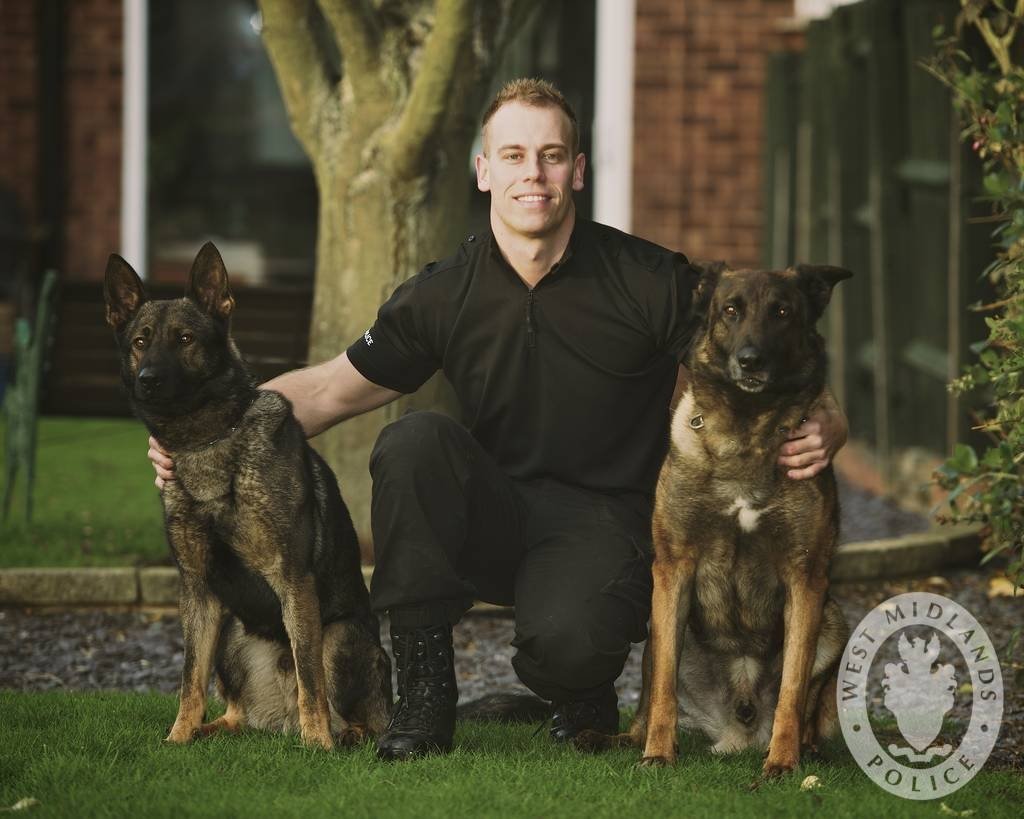
Your dog cherishes every moment with you, no matter how small. Carve out time daily for play, training, or simply relaxing side by side. Even a few minutes of undivided attention can brighten their mood. Dogs don’t care if you’re rich or famous—they just want to be with you. Make these moments count, and you’ll build a relationship filled with trust, laughter, and joy.
Respecting Their Boundaries and Comfort Zones

Just like people, dogs have unique personalities and limits. Some enjoy meeting new people or dogs, while others are happiest at home. Watch for signs that your dog is uncomfortable and let them set the pace. Never force them into situations that make them anxious. Respecting your dog’s boundaries shows you understand and accept them, deepening your friendship and helping them feel safe.
Providing Toys and Puzzles to Stimulate Their Minds
Boredom can be a dog’s worst enemy. Offering a variety of toys, puzzles, and games keeps their minds sharp and spirits high. Rotate toys to keep things interesting, and try interactive puzzles that reward your dog for solving them. This mental exercise is just as important as physical activity, preventing destructive behaviors and boosting confidence. A busy brain is a happy brain.
Grooming and Health Care as Acts of Love
Regular grooming—brushing, nail trimming, baths—does more than keep your dog looking good. It’s a chance to bond and check for lumps, bumps, or signs of illness. Many dogs find grooming relaxing when done gently and with care. Use this time to reassure your dog with soothing words and soft strokes. Keeping up with vet visits and preventative care also shows your dog you want them to live a long, healthy life.
Talking to Your Dog with a Warm Voice
Dogs may not understand every word, but they know the tone of your voice. Speaking to your dog in a gentle, affectionate way reassures them and strengthens your connection. Many dogs respond with tail wags, happy barks, or even try to “talk” back. These conversations may seem one-sided, but they mean the world to your dog. Your voice is one of the greatest comforts you can give.
Celebrating Their Little Victories
Whether it’s learning a new trick, overcoming a fear, or simply behaving well, celebrate your dog’s achievements. Clap, cheer, or offer a treat—let your dog know you’re proud. These moments boost their confidence and encourage them to keep trying. Remember, what might seem small to you is a big deal for your furry friend. Every celebration brings you closer together.
Letting Them Sleep Close If They Want
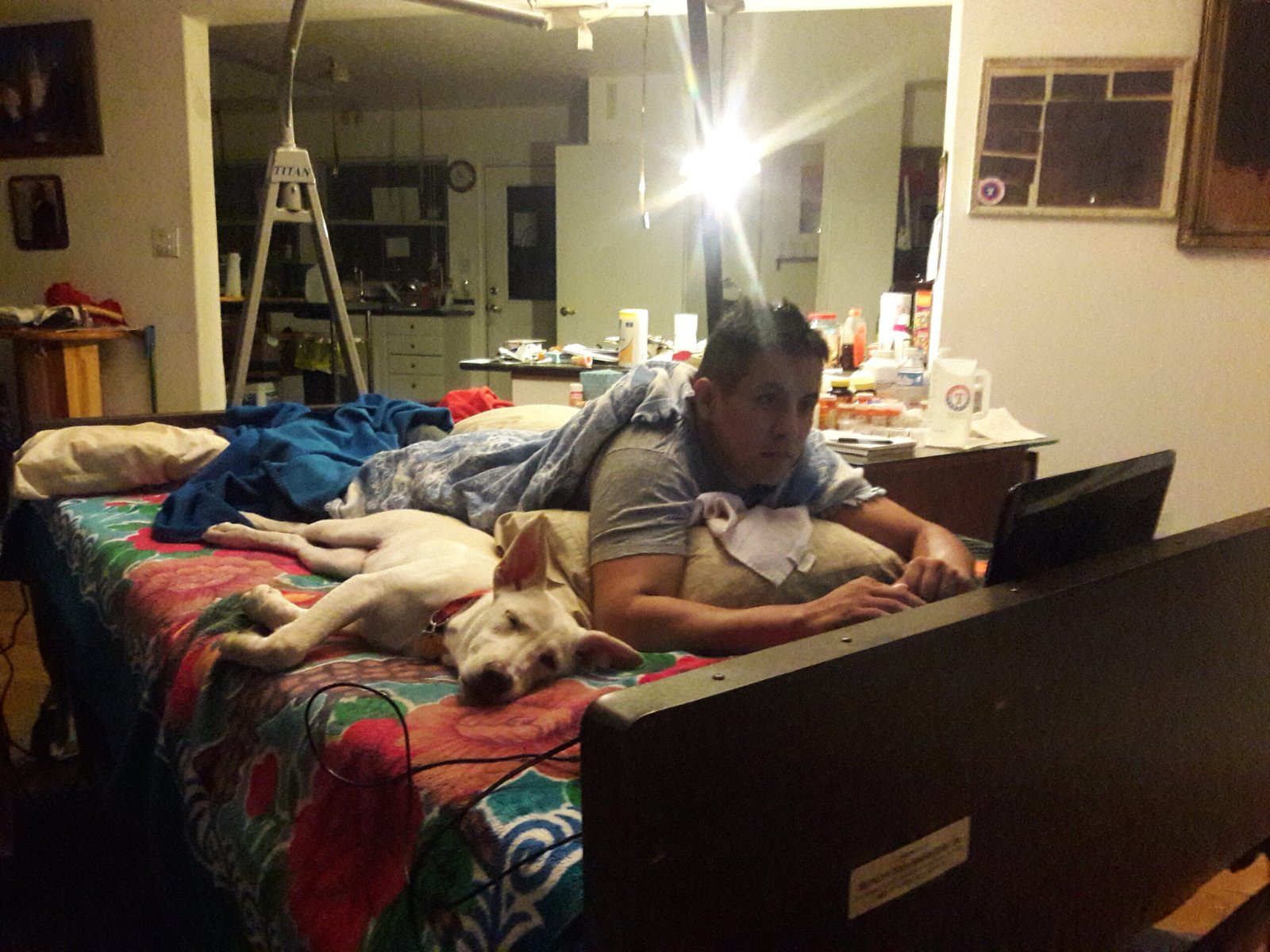
Many dogs find comfort in sleeping near their humans. Allowing your dog to rest in your room, or even on your bed if you’re comfortable with it, can make them feel safe and loved. This closeness is a powerful way to deepen your bond, especially for dogs who are anxious or have been rescued. Of course, respect your own boundaries and your dog’s preferences. A good night’s sleep together can melt away the worries of the day.
Making Every Goodbye and Hello Special
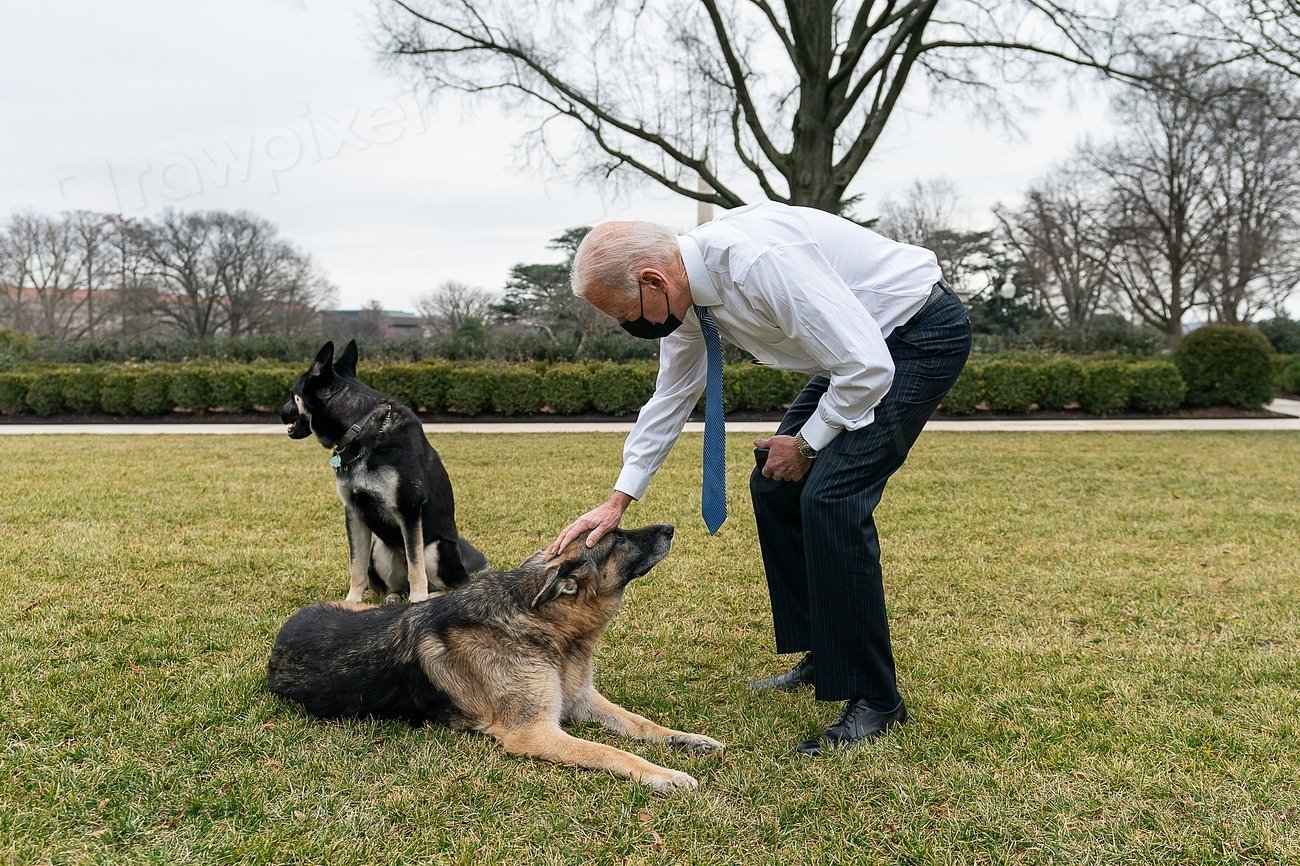
Dogs notice when you leave and return—even if it’s just for a few minutes. Make goodbyes calm and reassuring, and turn hellos into joyful reunions. A quick scratch, a cheerful greeting, or a fun game tells your dog they’re always on your mind. These rituals help your dog cope with separation and feel truly valued in your life. Each greeting and farewell is a chance to reinforce the special bond you share.

Esther is from India; the heartbeat of South Asia, holding a Master’s degree in Zoology and a postgraduate diploma in Animal Welfare. Her enthusiasm for animal welfare drives her passion and dedication to working for animals, ensuring their well-being, and advocating for their rights. With a solid academic background and hands-on experience, she is committed to making a positive impact in the field of animal welfare. In her free time, she enjoys embroidery and sewing. As a Chennaite from Tamil Nadu, Esther loves Bharathanatyam, an Indian classical dance form.





